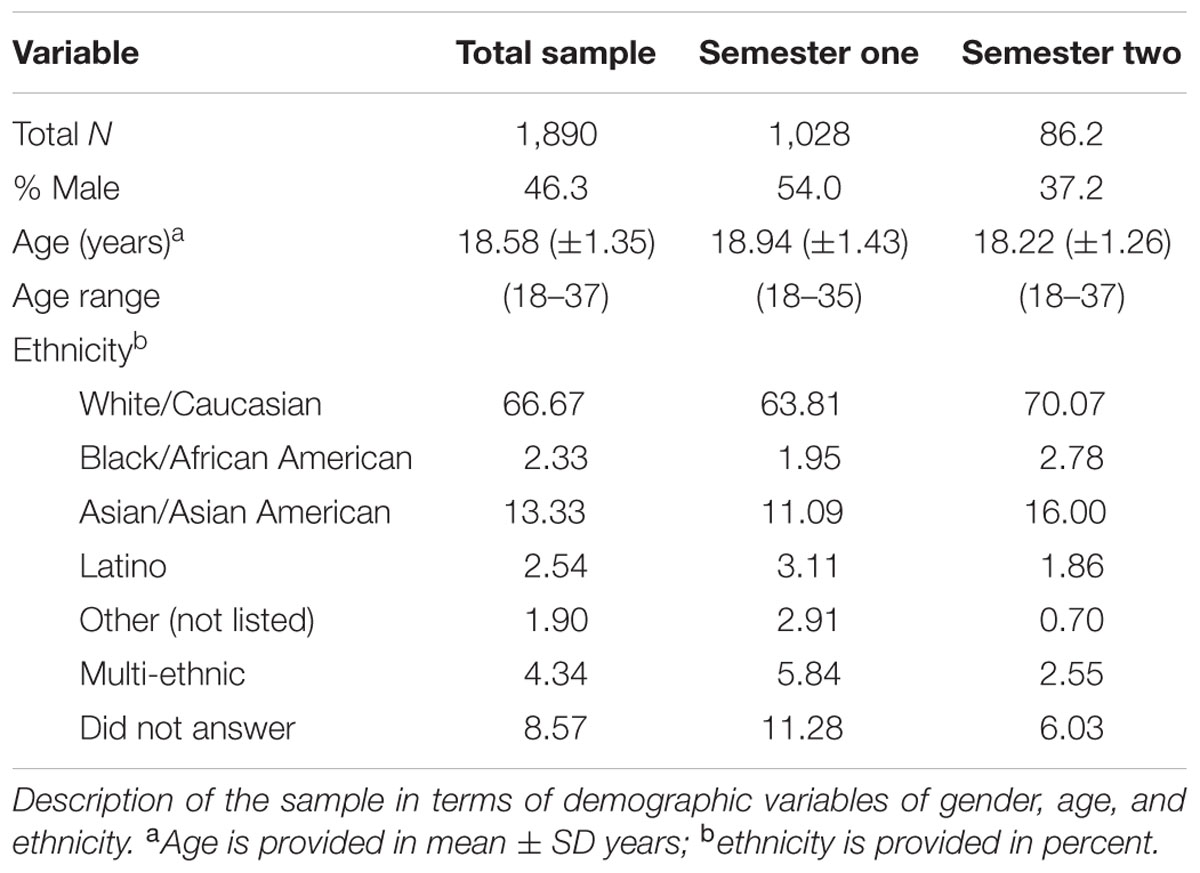The NEO PI-R test is an untimed test, which is usually completed within a 90-minute timeframe. The test has 240 questions designed to measure the candidate’s Big-Five personality traits. A second, and shorter exam is known as the NEO Five-Factor Inventory, otherwise called the NEO-FFI has 60 questions. These 60 questions are evenly split. The NEO-PI-3 is the updated version of the Revised NEO Personality Inventory (NEO PI-R) – the standard questionnaire of the Five-Factor Model (FFM). It is a comprehensive measure of the five major domains of personality (Neuroticism, Extraversion, Openness to Experience, Agreeableness, and Conscientiousness) and the six facets that define.
List Of NEO-PI-3 Scales

A great deal has already been written about the NEO, even if you don’t count the amazing number of articles authored by its creators, Paul T. Costa, Jr. and Robert (Jeff) R. McCrae. In fact, so much has been said that there doesn’t seem much point in providing another drawn-out discussion when a short summary will suffice.


The NEO was originally created as a 3 factor model assessing Neuroticism, Extraversion and Openness. Following the input from many other personality researchers, a revision of the NEO – the NEO-PI-R (that is, “Personality Inventory – Revised”) was published in the late 1980s, around the same time that Lew Goldberg published the Big Five Factor Markers. The most prominent revision to the original version was the addition of two new factors – Agreeableness and Conscientiousness. Costa and McCrae have specified in several publications that the NEO-PI-R is merely a measure of their broader Five Factor Model (FFM) of personality. They tend to refer to the factors of the NEO as “domains” – multifaceted collections of tendencies that can be grouped in a variety of ways.
The NEO-PI-R differs from the Big Five Factor Markers, in part because the latter was more strictly derived from the psycholexical tradition that began with Galton and later advanced by Allport and Odbert, Cattell, Tupes and Christal, Norman, Digman, and others. Both the NEO and the Big Five contain five broad and similarly operationalized factors but they’re not identical. Emotional Stability (Big Five) and Neuroticism (the NEO) contain similar content but are named in opposite directions. Intellect (Big Five) and Openness (NEO) are not only named differently but the latter contains relatively little “intellectual” content. As mentioned above, the five factors of the NEO can also be scored at a more narrow facet level. The table below shows the six facets that are nested in each factor.
Versions of the NEO-PI-R are available in several different lengths (from 60 to 240 items) and in two forms (self-reports and observer-reports). Observer report forms of the NEO-PI-R are written in the third person for ratings given by those who are close to the individual being assessed (such as a peer or spouse). Answers for both the self-report and observer-report take the form of a five-point Likert scale ranging from 1 (disagree strongly) to 5 (agree strongly).
References:
[1] Costa, P. T., & McCrae, R. R. (1992). Normal personality assessment in clinical practice: The NEO Personality Inventory.
[2] Costa Jr, P. T., & McCrae, R. R. (1995). Domains and facets: Hierarchical personality assessment using the Revised NEO Personality Inventory.
NEO Personality Inventory-Revised (NEO PI-R)
The NEO PI-R is restricted to psychologist use only.
The NEO PI-R provides a comprehensive and detailed assessment of adult personality based on the Five-Factor Model (FFM) of personality. The FFM is taxonomy of personality traits in terms of five broad dimensions (the 'BIG FIVE'): Neuroticism, Extraversion, Openness to Experience, Agreeableness, and Conscientiousness. It offers a conceptually useful framework for understanding the structure and systems of Axis II personality disorders.

In only 35-45 minutes, the NEO PI-R provides a systematic assessment of emotional, interpersonal, experiential, attitudinal, and motivational styles. The NEO PI-R is validated against other personality inventories, as well as projective assessments.
Enquire Now